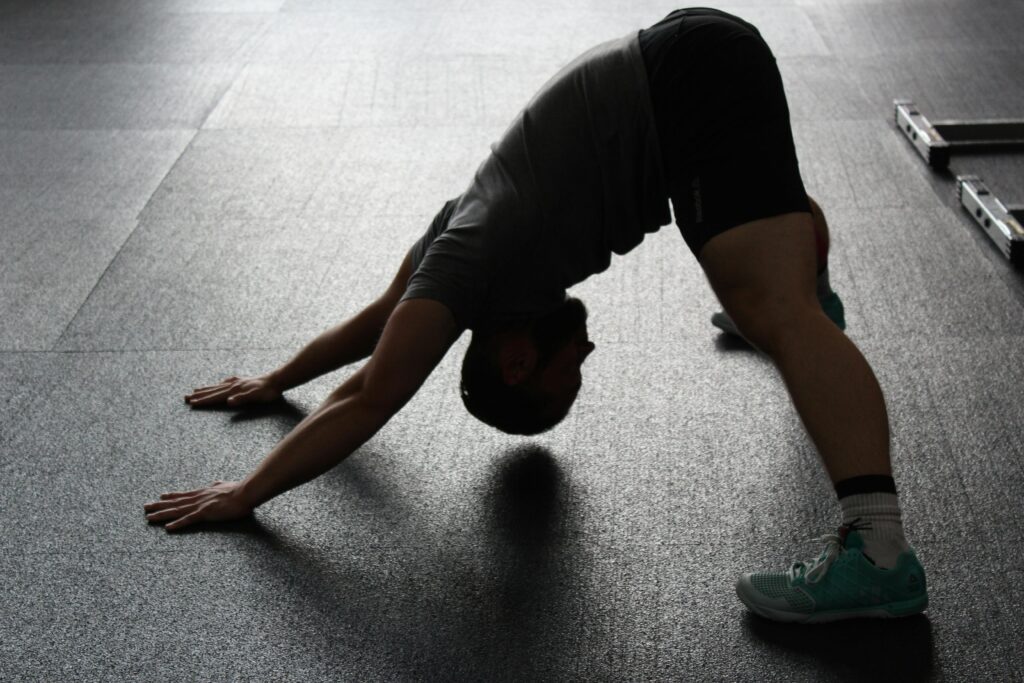Releasing “feel-good” chemicals: Physical activity stimulates the production of endorphins, serotonin, and other neurotransmitters in the brain that have mood-boosting and pain-relieving effects, often leading to a “runner’s high” or general sense of well-being. Reducing stress hormones: Exercise can help lower levels of stress hormones like adrenaline and cortisol, helping your body return to a more relaxed state. Providing a distraction: Focusing on your workout can pull your mind away from worries and negative thoughts, offering a much-needed mental break. Improving sleep: Regular exercise can lead to better sleep quality, and good sleep is crucial for managing mood and stress. Boosting self-esteem and confidence: Achieving fitness goals and feeling stronger can significantly improve your self-perception and overall outlook. Enhancing coping abilities: Exercise helps your body and mind practice working together to deal with stress, making you more resilient in everyday life. Connecting with others and nature: Group classes, team sports, or outdoor activities can provide social interaction and the benefits of being in nature, both of which are excellent for mental health.
“I’m not saying exercise solves everything, but I’ve never seen a bad mood survive a good workout.”
Why HIIT Helps with Stress and Mental Health:
- Endorphin Rush: The intense bursts of exercise trigger a significant release of endorphins, leading to a natural “feel-good” high.
- Stress Hormone Reduction: While initial intensity might raise cortisol, regular HIIT can help regulate the body’s stress response over time, leading to lower baseline stress hormone levels.
- Improved Mood & Cognitive Function: Studies suggest HIIT can improve brain function, mood, and reduce symptoms of anxiety and depression. It can increase levels of beneficial neurotransmitters like glutamate, GABA, and BDNF.
- Time Efficiency: For those feeling overwhelmed, a short, effective HIIT session can be less daunting than a long, steady-state workout, making it easier to stick to.
- Sense of Accomplishment: Pushing through challenging intervals and completing a workout, even a short one, provides a significant boost to self-esteem and confidence.
- Distraction: The focus required for high-intensity intervals can provide a much-needed mental break from worries and overthinking.
Key Principles for Stress-Reducing HIIT:
- Warm-up is Crucial: Always start with a 5-10 minute dynamic warm-up to prepare your body and mind. This helps prevent injury and gets you mentally ready.
- Moderate Intensity (for stress): While HIIT is high intensity, for stress relief, you don’t necessarily need to be at your absolute maximum heart rate every single time. Aim for a challenging but sustainable effort (e.g., 80-90% of your max effort during the “work” phase). The goal is to feel invigorated, not drained.
- Active Recovery: Don’t just collapse during rest periods. Keep moving at a very low intensity (e.g., light jogging in place, slow marching) to aid recovery and keep blood flowing.
- Mindful Movement: Even in intense moments, try to be present with your body and breath. Focus on your form and the sensations, rather than letting your mind wander to stressors.
- Listen to Your Body: If you’re feeling particularly stressed or fatigued, it’s okay to modify exercises or reduce the intensity. The goal is to feel better, not worse.
- Cool-down and Stretch: A proper cool-down (5-10 minutes) helps lower your heart rate gradually and gives you time to reflect on your accomplishment. Gentle stretching afterward can further aid relaxation.
https://www.nhs.uk/every-mind-matters/mental-wellbeing-tips/be-active-for-your-mental-health
https://www.nhs.uk/mental-health/self-help/guides-tools-and-activities/exercise-for-depression

